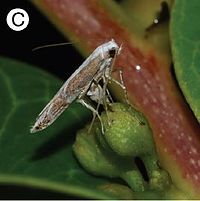
Glochidion is a genus of flowering plants, of the family Phyllanthaceae, known as cheese trees or buttonwood in Australia, and leafflower trees in the scientific literature. It comprises about 300 species, distributed from Madagascar to the Pacific Islands. Glochidion species are used as food plants by the larvae of some Lepidoptera species including Aenetus eximia and Endoclita damor. The Nicobarese people have attested to the medicinal properties found in G. calocarpum, saying that its bark and seed are most effective in curing abdominal disorders associated with amoebiasis.

Glochidion ferdinandi, with common names that include cheese tree, is a species of small to medium–sized trees, constituting part of the plant family Phyllanthaceae. They grow naturally across eastern Australia, from south–eastern New South Wales northwards to northern and inland Queensland, in rainforests and humid eucalypt forests. Frugivorous birds such as pigeons, figbirds and parrots consume its fruit. The tree roots and branches are toxic to dogs, causing liver failure and death.

Epicephala is a genus of moths in the family Gracillariidae.

Epicephala colymbetella is a moth of the family Gracillariidae. It is known from the states of New South Wales and Queensland in Australia.
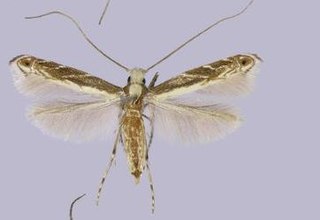
Epicephala vitisidaea is a moth of the family Gracillariidae. It is found in Fujian, China and on the Ryukyu Archipelago.
Epicephala mirivalvata is a moth of the family Gracillariidae. It is found in Fujian and Hainan, China.
Epicephala lativalvaris is a moth of the family Gracillariidae. It is found in China.
Epicephala lanceolaria is a leafflower moth of the family Gracillariidae. The only known host of the larva is Glochidion lanceolarium which is pollinated by the imago.
Epicephala eriocarpa is a moth of the family Gracillariidae. It is found in Fujian, China.

Gracillariinae are a subfamily of moths which was described by Henry Tibbats Stainton in 1854.

Epicephala domina is a moth of the family Gracillariidae. It is found in China (Hainan).

Epicephala impolliniferens is a moth of the family Gracillariidae. It is found in China (Hainan).
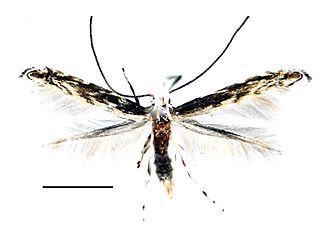
Epicephala camurella is a moth of the family Gracillariidae. It is found in China (Hainan).

Epicephala angustisaccula is a moth of the family Gracillariidae. It is found in China (Hainan).
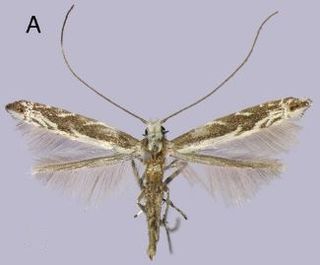
Epicephala anthophilia is a moth of the family Gracillariidae. It is found on a few islands with high elevation in the Ryukyu Archipelago (Amami Island and Okinawa Island). The host plant, Glochidion acuminatum is distributed throughout Southeast Asia from southern Japan to India, so this species is likely to be found in other parts of the host plant's range.

Epicephala lanceolatella is a moth of the family Gracillariidae. It is found on the Ryukyu Archipelago.

Epicephala perplexa is a moth of the family Gracillariidae. It is found on the Ryukyu Archipelago.
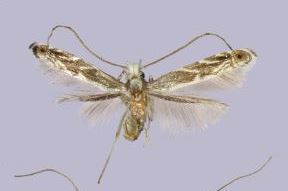
Epicephala obovatella is a moth of the family Gracillariidae. It is found in the warm temperate to subtropical regions of Japan and in Taiwan.
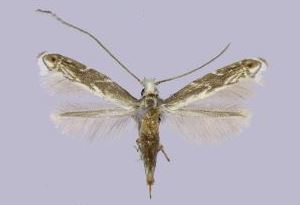
Epicephala corruptrix is a moth of the family Gracillariidae. It is found on the Ryukyu Archipelago.
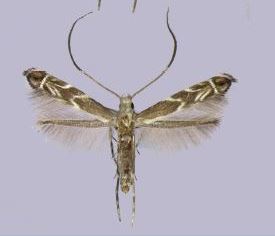
Epicephala nudilingua is a moth of the family Gracillariidae. It is known from three populations in Tochigi, Tokyo and Oita Prefecture, Japan. The host plant is widespread in the temperate regions of Japan and other parts of East Asia, so the species is likely to be found elsewhere.

